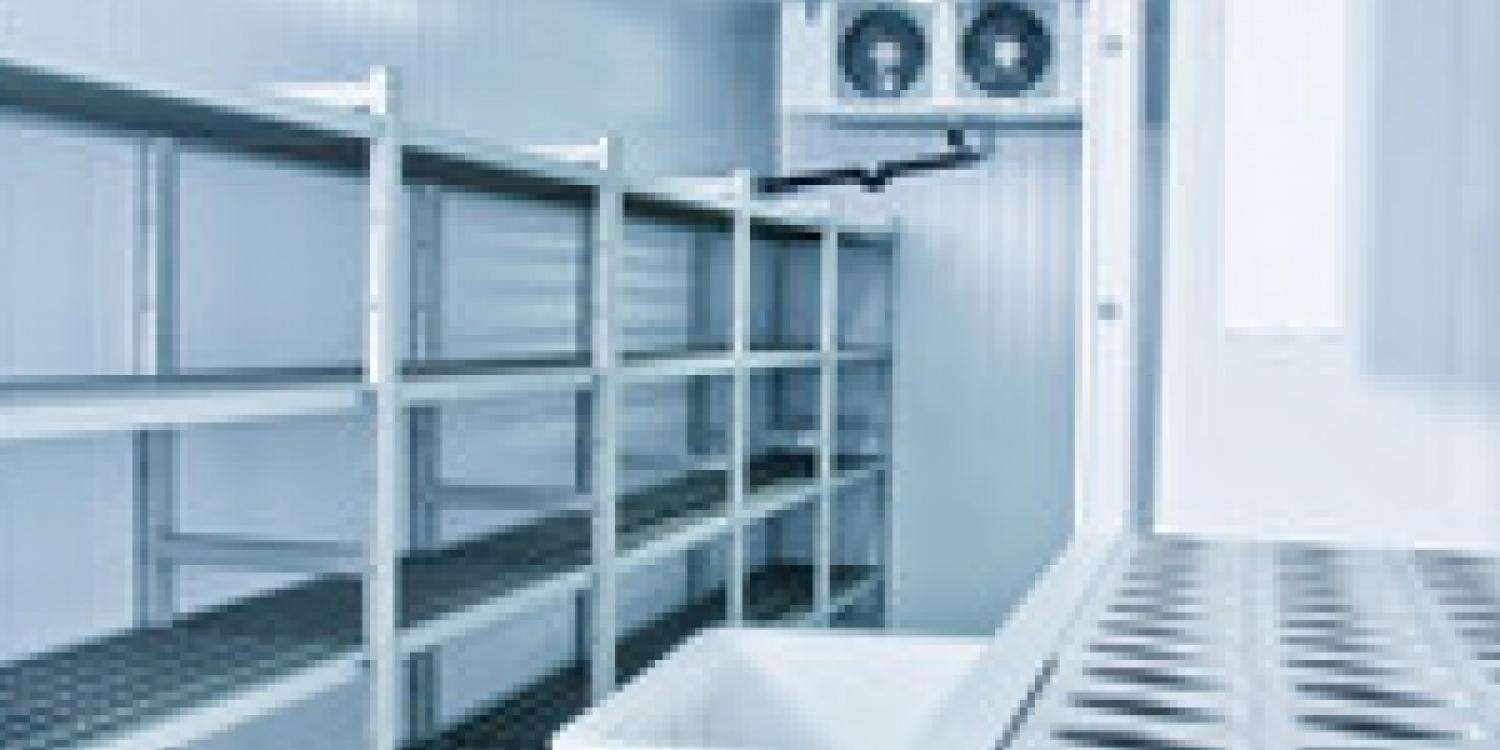Heat recovery potential in small food factory refrigeration

Information
Great recovery!
- Making the case for investing in chillers with heat recovery potential
- Payback can be as fast as two years
Refrigeration systems cannot make heat disappear – they just move it from one place to another. It is possible to recover some or all of this heat for useful heating of air or water.
The refrigeration process includes a heat rejection stage to cool the refrigerant for reuse in the cycle. The heat is given up at the condenser and can be recovered and re-used.
A typical small food factory could have a cooling load of around 230kW. The heat rejected to the atmosphere would be around 310kW. Around 10 % of this is relatively high-grade heat (known as superheat) and will be available at 50-60° C. The rest can also be recovered, but it is relatively low-grade heat, at a temperature of 20-30° C.
Key benefits
A new 150kW capacity chiller with full heat recovery would cost around € 29 400 installed. This seems a lot, but operating on the same number of hours as above, could save € 15 300 and give a payback in around two to five years.
When implementing a heat recovery system, it is recommended to use an experienced contractor who is familiar with heat recovery.
Carbon Trust, heat recovery guide, https://www.carbontrust.com/resources/guides/energy-efficiency/heat-rec…
Carbon Trust, Refrigeration systems: guide to key energy saving opportunities, https://www.carbontrust.com/resources/guides/energy-efficiency/refriger…